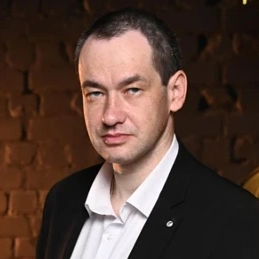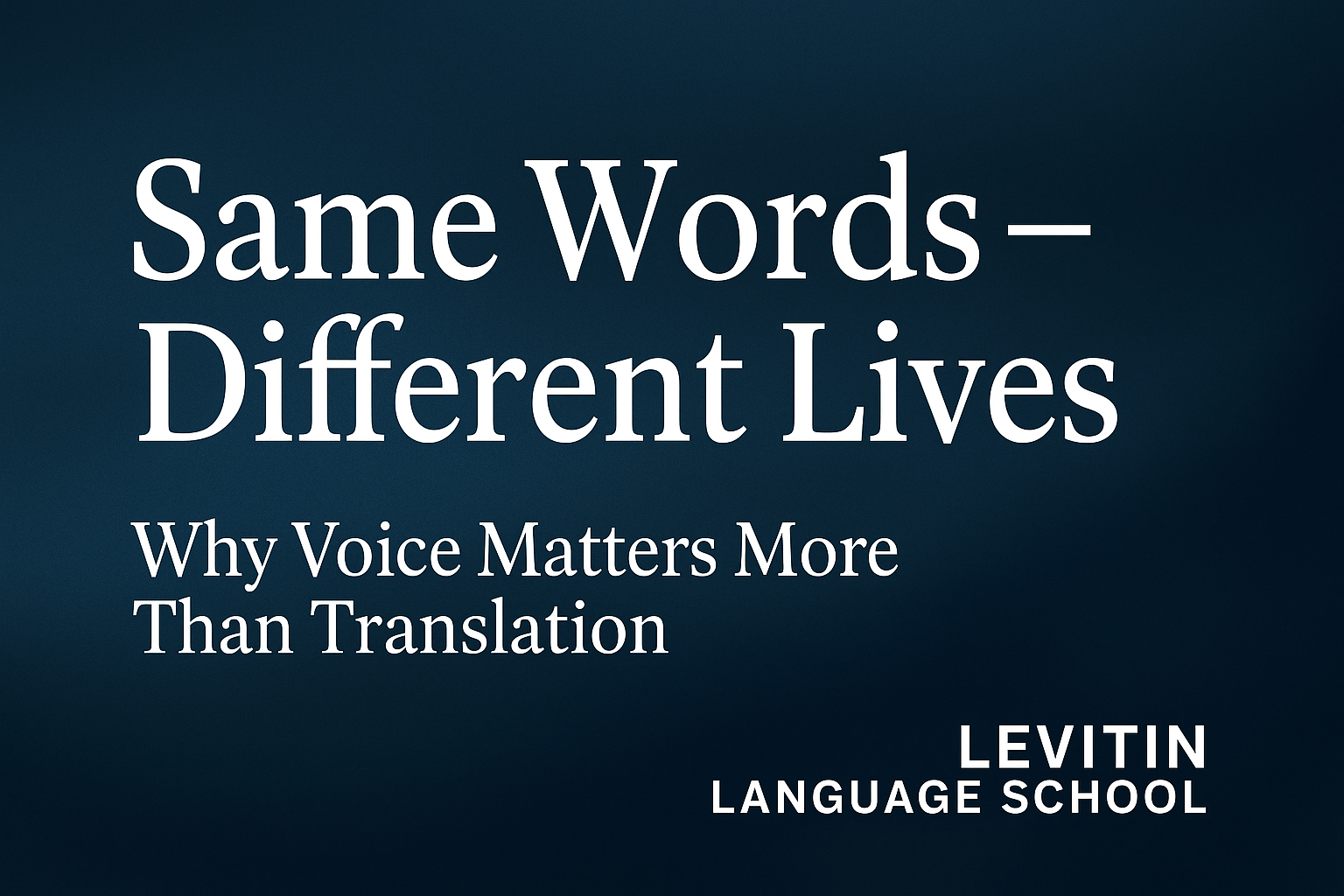At Start Language School by Tymur Levitin, we don’t just teach words. We teach how to think in a new language — naturally, not mechanically.
Why memorizing grammar rules isn’t enough
Most students try to learn a language by memorizing rules and charts. But even after years of study, they can’t speak fluently or confidently. Why?
Because real sentences don’t follow rules first. They follow meaning. Native speakers don’t think: “I must put the subject first, then the verb, then the object.” They just speak — because the structure of the sentence flows from the message they want to express.
🧠 The logic behind structure
Let’s take a simple sentence:
“She gave him the book.”
A student may try to remember grammar rules: subject, verb, indirect object, direct object.
But a native speaker builds the sentence differently:
- Who is involved? → She
- What happened? → gave
- To whom? → him
- What? → the book
It’s logic. It’s flow. It’s storytelling. Not memorization.
Sentence = Meaning
Instead of drilling rules, we teach our students to understand the logic of expression:
- Who does what?
- What is the key idea?
- What information is new?
- What should be emphasized?
This is the natural process of building language in your mind — the way it works in real conversation.
The rhythm of real language
Languages have different sentence structures, but they all follow their own rhythm and emphasis. That’s why translation is never just word for word — it’s about capturing intention and emotional structure.
In our school, we help students feel this rhythm, whether they are learning English, German, Ukrainian or any other language. We guide them to think in full sentences, not isolated fragments.
📌 Learn with teachers who live the language
Every teacher at our school is more than a tutor — they’re linguists, translators, and practitioners who work with real people from real countries every day.
We don’t copy the textbook. We build custom solutions for each student. Some of us teach in two or three languages at once. Some train students who don’t speak a word of our language.
And yet — we understand each other. Because language is logic. Language is emotion. Language is structure.
🔗 Related articles you might enjoy:
✨ Want to study English or German?
Explore our language courses:
Or choose your language here:
👉 https://levitinlanguageschool.com/#languages
🖋️ Author: Tymur Levitin — founder, director, and senior teacher at Start Language School by Tymur Levitin (Levitin Language School)
📚 Rubric: Autorenkolumne von Tymur Levitin
© Tymur Levitin
























